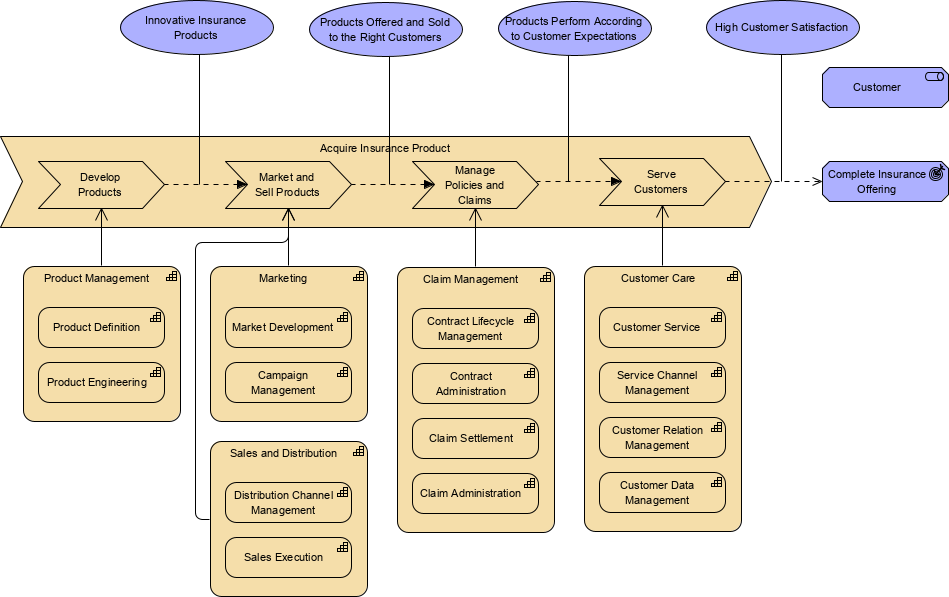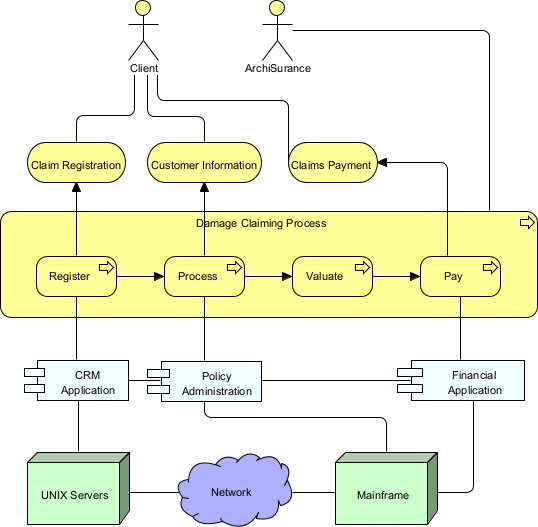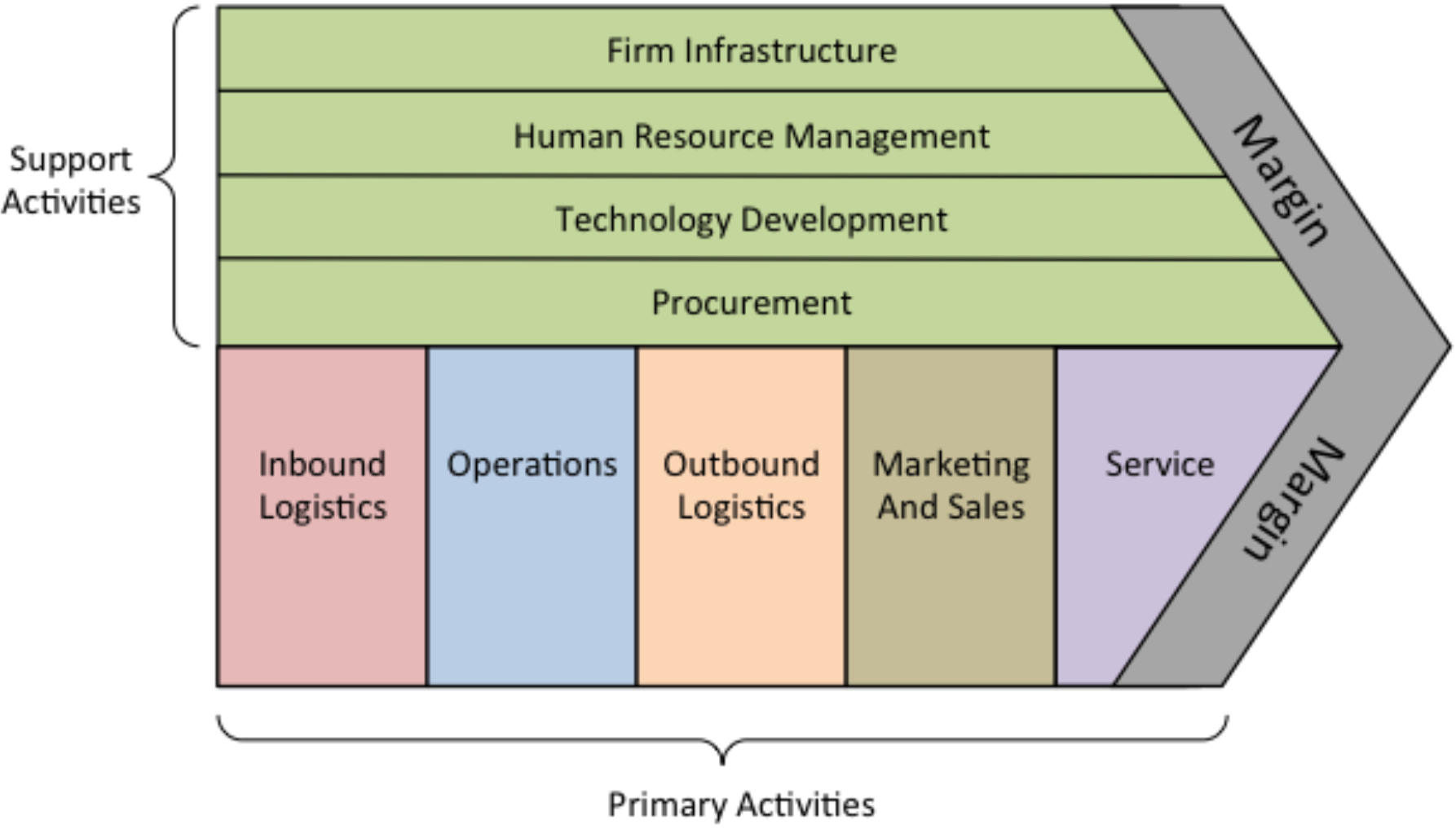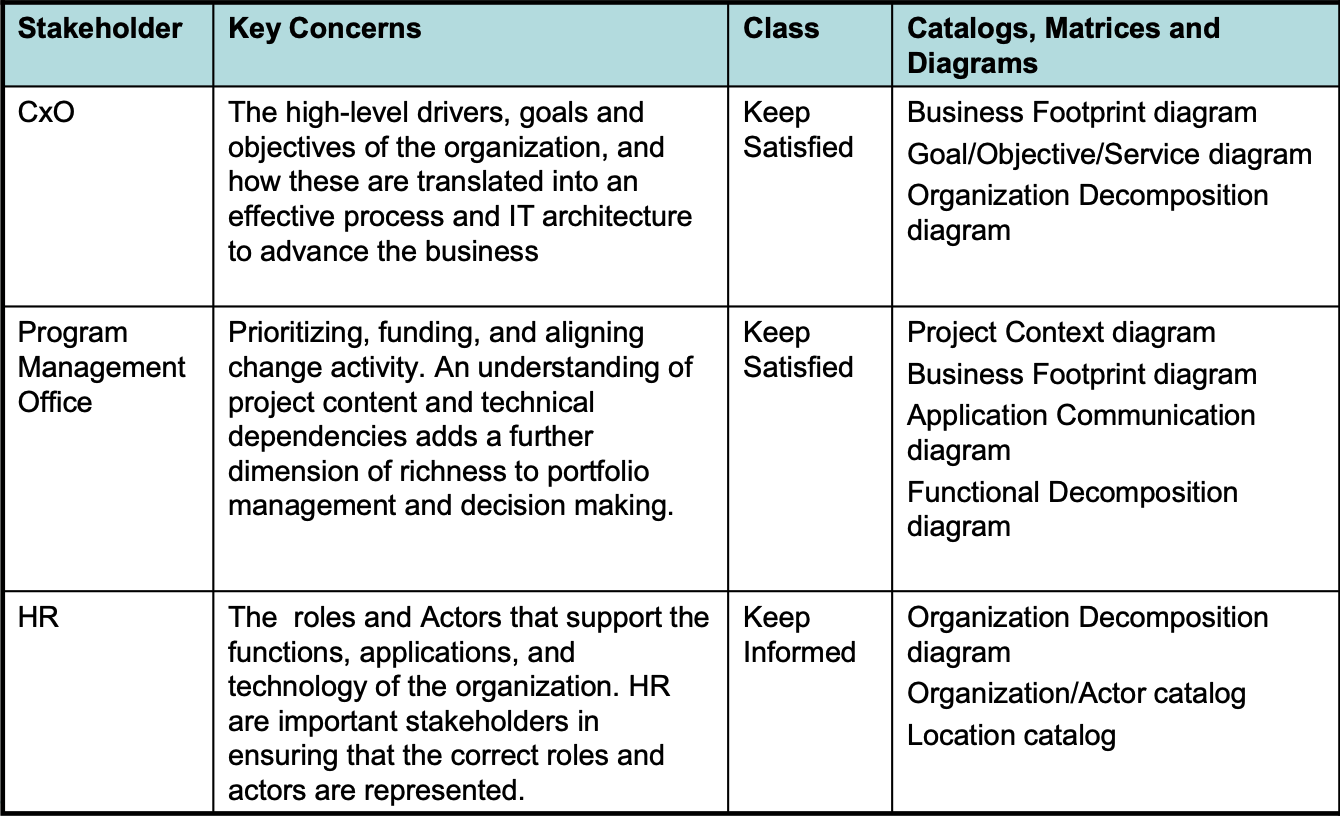Home » ArchiMate Viewpoint » Page 2
The Business Service/Function Catalog is a document that provides a functional decomposition of an organization's services and functions in a form that can be filtered, reported on, and queried. This catalog serves as a supplementary tool to graphical Functional Decomposition diagrams and can be used to identify the capabilities of an organization, determine the scope of change initiatives, and understand the level of governance applied to its functions. The Business Service/Function Catalog contains metamodel entities such as Organization Unit, Business Function, Business Service, and Application Service. The Business Service/Function catalog is a document…
continue reading →
In today's digital age, securing sensitive information is a top priority for organizations. With multiple applications and departments within an enterprise, it can be challenging to manage and define authorization levels consistently. This is where the Role Catalog comes in, providing a centralized tool for defining and organizing authorization levels or zones within an enterprise. What is a Role Catalog in TOGAF ADM The Role catalog is a tool used in enterprise security to define and organize authorization levels or zones within an organization. The purpose of the Role catalog is to provide…
continue reading →
The Organization/Actor catalog is a critical component of the TOGAF Architecture Development Method (ADM). It is used to capture a definitive listing of all participants that interact with IT, including users and owners of IT systems. This catalog plays a crucial role in developing requirements that test for completeness and ensuring that all necessary actors and organizations are identified and their requirements are taken into account during the development of an enterprise architecture. In this way, the Organization/Actor catalog helps to identify the key actors and organizations involved in an IT system and…
continue reading →
Value stream mapping (VSM) is a visual tool used to analyze and improve the flow of materials and information required to bring a product or service to customers. It is a critical component of lean manufacturing and continuous improvement methodologies. The process involves mapping the entire value stream, from raw materials to the finished product, and identifying areas of waste, inefficiency, and bottlenecks that can be targeted for improvement. By reducing waste and improving flow, value stream mapping can help organizations increase efficiency, reduce lead times, and improve customer satisfaction. Key Concepts of…
continue reading →
In TOGAF (The Open Group Architecture Framework), a capability map is a tool used to organize and categorize the various capabilities of an organization. A capability is defined as the ability of an organization to perform a specific activity or function. The capability map is typically structured as a hierarchical diagram or matrix, and it provides a high-level view of the organization's capabilities, organized by business function or domain. The map can be used to identify areas of strength and weakness, as well as to prioritize improvement initiatives. The capability map is an…
continue reading →
In the fast-paced business environment, having a solid business model is crucial for long-term success. A business model is a blueprint that outlines how a business creates, delivers, and captures value. It encompasses all aspects of a business, including its customers, products, marketing strategies, revenue streams, and cost structure. However, having a good business model is not enough to guarantee success. Implementation is equally important. An implementation plan provides a structured approach to executing the business model and achieving the intended goals. In this article, we will discuss why an implementation plan is…
continue reading →
The Solution Concept Diagram is a recommended diagram type in the older version of TOGAF ADM that is used to provide a high-level design of a solution. This diagram is used to depict the key components of a solution and their relationships. It is a simplified, conceptual view of the architecture model, which is easy to understand for non-architects. In this context, the Solution Concept Diagram can be considered as an earlier version of the ArchiMate Introductory Viewpoint. What is a Solution Concept Diagram The Solution Concept diagram is a high-level visualization of…
continue reading →
What is a Value Chain Diagram A value chain diagram is a visual representation of the various activities involved in the production of a product or service. It includes all the steps from the raw materials stage to the final delivery of the product or service to the customer. The diagram shows how value is added at each step of the process and helps to identify areas where efficiencies can be gained and costs can be reduced. It is a useful tool for businesses to analyze their operations and make improvements to their…
continue reading →
Stakeholder analysis is a valuable tool that businesses use to identify and prioritize the stakeholders involved in a project or initiative. This process helps organizations understand the interests, needs, and concerns of various stakeholders and develop effective strategies to engage with them. In this context, this stakeholder map analysis is conducted for XYZ Company's new product launch. The purpose of stakeholder map analysis is to identify and understand the different groups or individuals who have an interest or influence on a project, organization, or initiative. It helps to create a visual representation of…
continue reading →
In the TOGAF ADM, the first artifact in the first phase is the Principles Viewpoint. However, ArchiMate has introduced a Motivation Layer as an extension layer. Therefore, it would be useful to include an additional artifact in the TOGAF ADM for modeling the motivation of senior-level management in the preliminary phase. This will help to align all stakeholders with the top-level vision for architecture development projects. I suggest using the Motivation Viewpoint in ArchiMate to model this additional tool for the TOGAF ADM. What is The Motivation Layer in ArchiMate The Motivation Layer…
continue reading →











